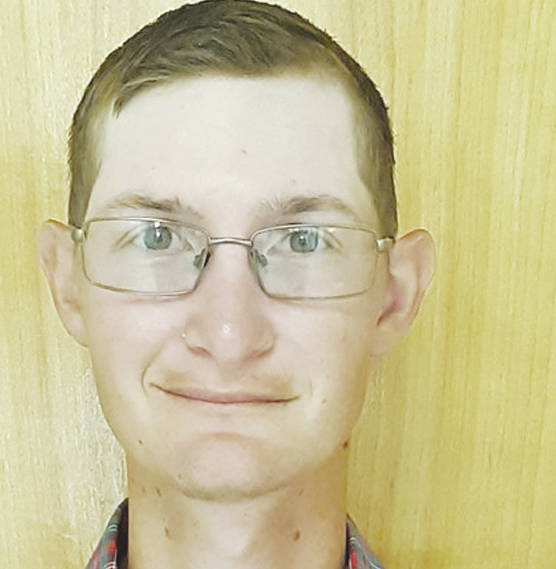June has been a wet one so far, this week will bring a refreshing change to the weather with dryer days and lower humidity levels. With the change in the weather many producers are going to try and finish first cutting of hay and soybean planting. Speaking of soybeans, with the rise in prices many producers are considering planting soybeans after winter wheat harvest. This week I want to list some considerations and steps to help maintain yield and sustainability to this practice.
There are two main yield limiting factors in double crop soybean production, they include:
· Adequate time for soybeans to grow and mature before the first frost in the fall.
· Adequate moisture to germinate and maintain growth throughout the growing period.
Time is ticking on soybean production time, planting date is a major factor effecting yields of soybeans. The later soybean planting is delayed the yield potential will decrease. Steps you can take to get the soybeans planted at the proper time and capitalize on yield include the following:
1. Harvest the wheat earlier- Harvesting wheat earlier at moisture levels of 18-20% moisture and drying with air in a grain storage facility (if available). Harvesting wheat at higher moisture can also increase yield and grain quality.
2. Plant the proper Relative Maturity for late planted soybeans. Choosing the latest maturing variety that will reach full maturity before the first killing frost is recommended. For southern Ohio planting dates of June 15 – 30 include 3.5-3.9 for July 1-10 RM goes to 3.4-3.7.
3. Narrow the rows. Soybean yield potential is increased with the increased interception of sunlight. Growing soybeans in narrow rows of 7.5” or 15” will allow the plant to capture more sunlight.
4. Increase seeding rates- To get the highest yield potential, late June planted soybeans should have a final harvest population of 130- 150,000 plants per acre. To reach this goal producers should plan on bumping seeding rates to 180-210,000 seed per acre.
Some other details to relate to readers:
· June 29 – Poison Hemlock Workshop. Located at Cherry Fork Community Park 14825 St Rt 136 in Winchester (in shelter house) at 1 p.m. Discussion include ID, biology, control options. Call (937) 544 2339 to let us know if you would like to attend this free event.
· July 15 is the set deadline to report acreage planted to spring crops such as corn, soybeans, oats, alfalfa, Tomatoes, Potatoes and more. Contact the FSA Office to report once crops are planted.
· July 16 the Highland county Chamber of Commerce will be hosting a second BQA recertification event, call (937) 393-1111 to RSVP This will be held at the Highland County Fairgrounds.
· September 14, Adams County BQA/ Cattle Handling workshop will be held at the Adams County fairgrounds (Show Arena) 5:30 – 8 p.m. Contact the Adams County Extension office at (937) 544-2339 to RSVP.
From the field:
· Corn planting is completed, soybeans are close to being wrapped up.
· This week second cutting of Alfalfa will begin, and 1st cutting is wrapping up.
· Start scouting for water hemp in crop fields.
· I have seen some presence of head scab in winter wheat.
· Canada Thistle is starting to bloom cutting now before seed develops is important for control.
· Corn Side Dressing in full force.
· Slug damage in soybeans is still a concern.
· Consider fertilizer or lime applications after first cutting of hay (grass hay mix removes on average 12lbs of phosphorus and 48 lbs of potassium per ton of yield)
· Horn Fly and Stable Fly populations are very high control is critical for livestock health.
· Scout for Cucumber beetle on cucurbit crops and the Colorado Potato Beetle on potatoes.





